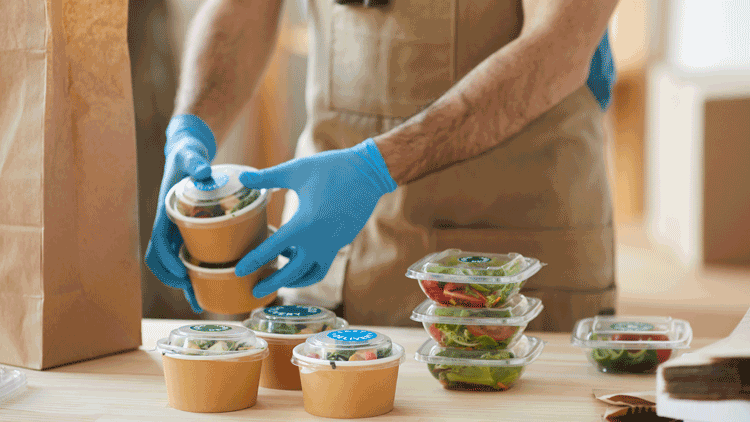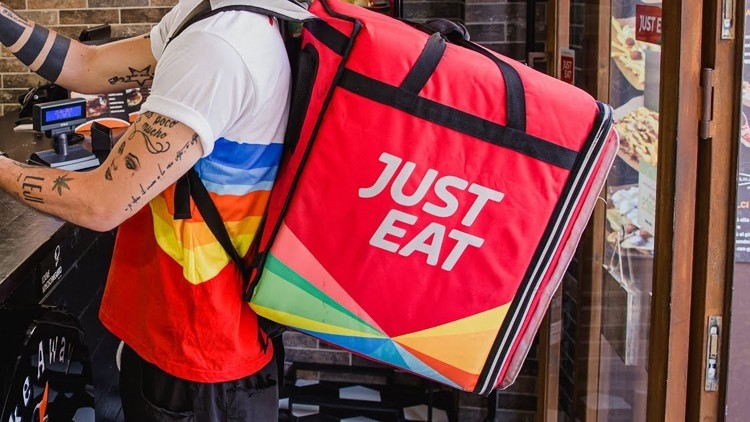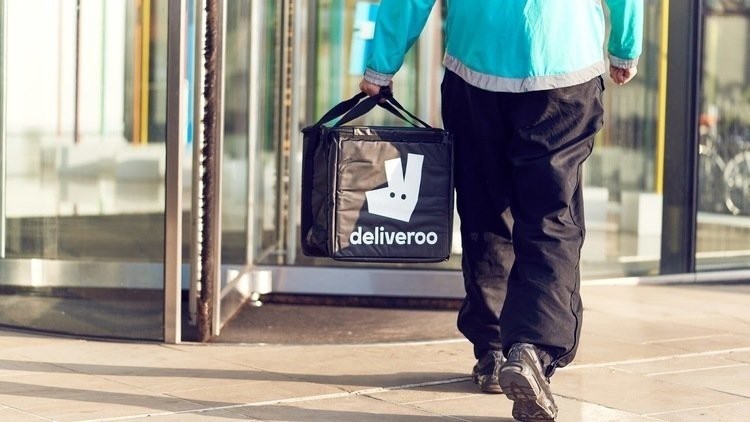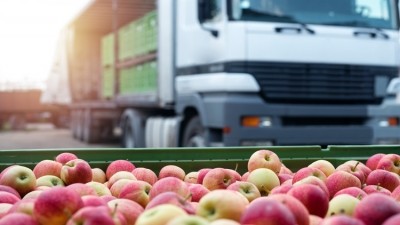Food to go? What the re-opening of dine-in means for restaurant delivery

Delivery has undoubtedly been one of the greatest beneficiaries of the pandemic – across grocery, foodservice and non-food alike. Demand has never been so high and consequently operators and retailers have raced to capitalise on this. In the hospitality industry, delivery has become a lifeline with traditional routes to market restricted, following just 11 weeks of ‘normal’ trading in 2020.
The Lumina Intelligence Foodservice Delivery Market Report 2021 shows that the foodservice delivery market grew an astounding 48% in 2020, to a value of more than £11.3bn. In the year, £2 in every £10 spent on eating out was spent on delivery.
But as dining restrictions begin to ease and people return to restaurants, what does this mean for the hospitality sector that has embraced delivery, both in the short and longer terms?
Lumina Intelligence data shows we can expect a rebalance as the restrictions ease, with at least some spend transferred to dine-in occasions. Yet, with continued nervousness among some members of the public about eating out immediately after the lifting of lockdown, and reduced high street footfall due to changes in working patterns, there is unlikely to be an exodus away from delivery in the short term. As such, the report predicts that the foodservice delivery market will see a modest decline of 7.6% in 2021.
This prediction aligns with the views of more than 200 hospitality leaders, surveyed by Lumina Intelligence Hospitality Leaders Poll – conducted in partnership with MCA News, Big Hospitality and the Morning Advertiser – over half (55%) of whom anticipate that delivery volumes will ‘decrease somewhat but will still be higher than they were pre-pandemic’. Just 6% anticipate that volumes will continue to grow when dining out reopens, 4% expect volumes to be static and 15% believe they will decrease drastically.
Longer term trends
In terms of the longer term, Lumina Intelligence anticipates the market will remain well ahead of its pre-pandemic size of £7.7bn (in 2019), with the channel set to be worth more than £11bn in 2022. This, it says, will be driven by new players entering the market, more subscription-based models driving habitual delivery behaviour and increased expectations for ‘on-demand’ solutions.
This suggests that there is still plenty of headroom for delivery as a route to market. Over three-quarters of consumers have said that they will continue to order delivery even when all Coronavirus restrictions are eased or lifted. Although for half (52%), this behaviour is influenced by a nervousness about returning to on-premise sites, which is likely to be less of an issue when the full adult population is vaccinated, later in 2021.
It is expected, therefore, that consumers will order delivery less often going forward; indeed, 32% said they plan to order less frequently once the restrictions are lifted. This makes sense as ‘I didn’t want to cook’ was the top reason cited for ordering delivery, reflecting boredom with home cooking, but also a lack of alternate options with dine-in closed. ‘Treat’ was the next most popular response – a motive that could also be satisfied by a meal out.
Invest or cash out?
With some appetite for ordering in delivery on the wane, should delivery continue to be a focus for restaurants? Lumina Intelligence certainly believes so. It says that foodservice delivery is well placed to continue its positive trajectory but will need to leverage the consumer habits built through the pandemic to ensure that behaviour is habitual rather than an occasional indulgent treat. Healthier options and dishes meeting dietary requirements will be an important element, as will subscription models that encourage more frequent spending.
Independent restaurants are expected to lead delivery turnover growth from 2021-2024. In part, this will be driven by the sheer scale of outlet numbers in the segment, while delivery will also command a higher proportion of sales as consumers continue to participate in delivery to fulfill dining out experiences in a more cost-effective way. Meanwhile, branded restaurants are expected to achieve strong growth as more operators embrace the demand for delivery across a wider store estate – and in some cases via dark/delivery-only kitchens.
Operators fighting for footfall, or with limited capacity, especially as restrictions linger, may use delivery to boost turnover during periods that are quieter for on-premise. This might include targeting dayparts beyond dinner, which currently accounts for nearly seven in 10 delivery occasions, says Lumina Intelligence, which recommends that delivery as a route to market should be prioritised where it makes sense strategically and practically and can be implemented profitably.
Ultimately, businesses will need to evaluate how their own customers’ behaviour has changed through the pandemic and whether their time is best spent on making dine-in experiences extra special or, where delivery has been successful, at expanding their customer base. For some, the third option will be to try to do both, if only in the short term.
In a largely uncertain trading environment, one certainty is that delivery will remain a significant part of the hospitality mix in the future. How businesses juggle both dine-in and delivery could well mean the difference between success and failure as the next 18 months unfold.
Sarah Coleman is insight and communications director at Lumina Intelligence























